There are three Vermont National Parks, including a portion of the Appalachian Trail and Marsh-Billings-Rockefeller National Historical Park.
Vermont is affectionately known as the Green Mountain State, and all mountains in Vermont are often referred to as the "Green Mountains."
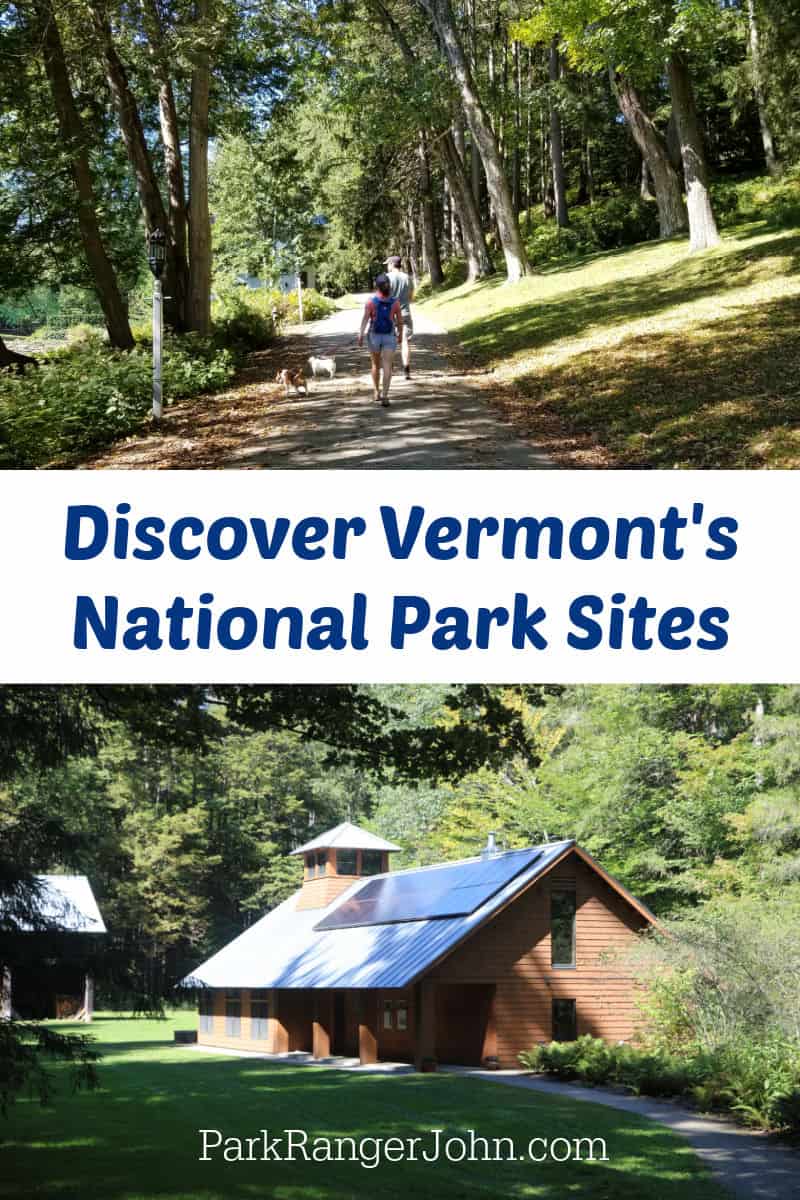
Of course, this is not true as the Green Mountain Range, a sub-range of the Appalachian Mountains.
Vermont is known for Fall leaves, dairy farming, maple syrup, and scenic views.
Even though the state is small and only has a few National Park Service sites, Vermont State Parks has 55 developed parks, including Burton Island State Park.
Vermont National Parks
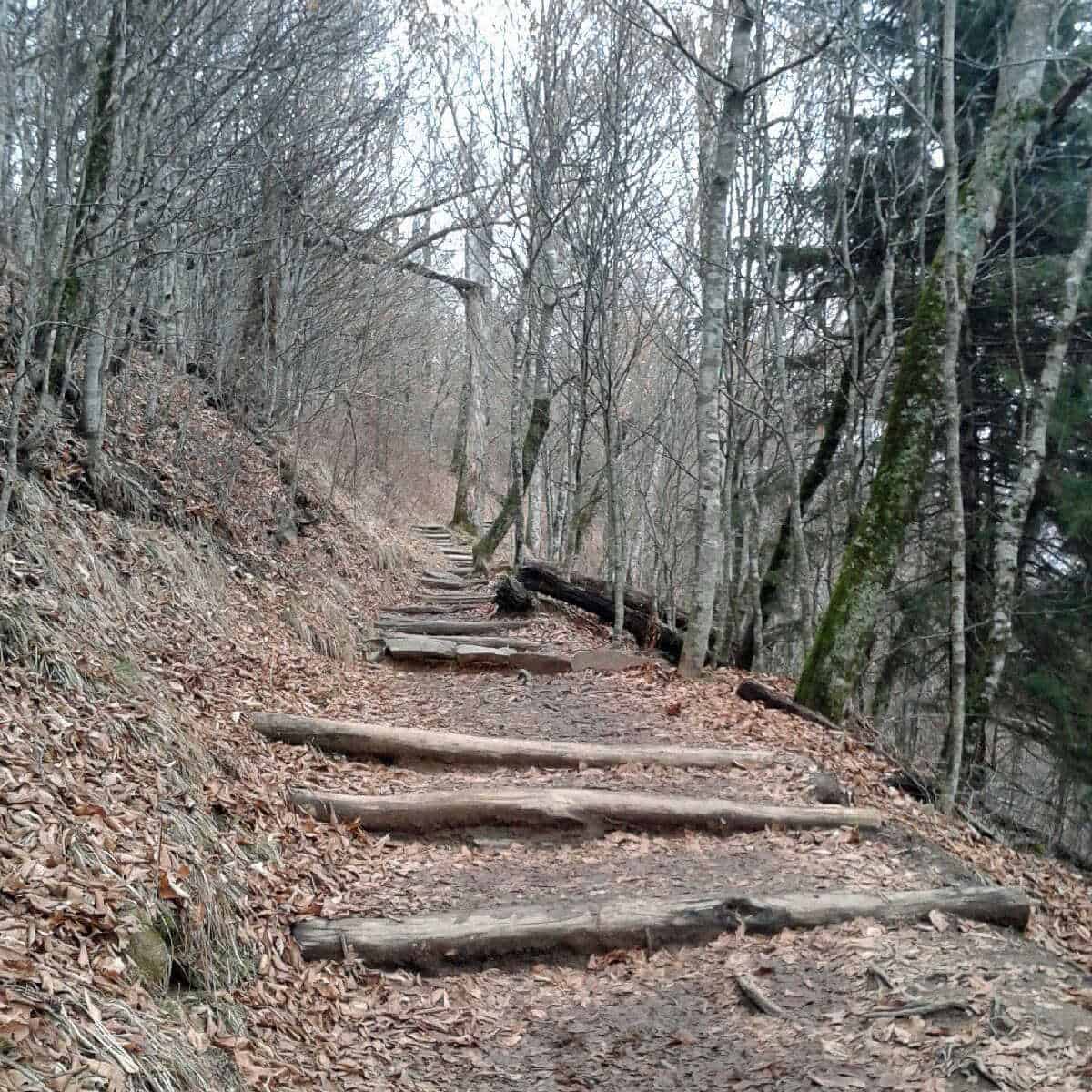
Appalachian National Scenic Trail
The Appalachian National Scenic Trail covers 2190+ miles and fourteen states from Maine to Georgia, including CT, GA, MA, MD, ME, NC, NH, NJ, NY, PA, TN, VA, VT, and WV.
Top Things to do - Hiking, Camping, Scenic Overlooks, Wildlife Viewing
Lodging - Vermont Appalachian Trail has shelters that hikers can use. Winturri Shelter, Stony Brook Shelter, Thistle Hill Shelter, and Happy Hill Shelter are all available on a first-come, first-serve basis for hikers to spend the night.
Camping - Gilford Woods State Park Campground, where the Appalachian Trail crosses VT 100, and Silver Lake State Park Campground, north of the AT off VT 12 in Barnard, are available for base camp hiking.
The Appalachian National Scenic Trail is the other National Park Service unit in Vermont. The Trail passes through 14 states, from Mount Katahdin in Maine to Springer Mountain in Georgia. It covers a total of 2,175 miles. The idea for the trial began in 1921, and it was completed in 1937.
The Vermont portion of the Trail totals 150 miles. The trail ranges from 400 feet to 4,010 feet in elevation across the state. April and May can be incredibly muddy!
You can hike for a few hours or plan an extended trip that covers multiple states along the Appalachian Trail. The trail is truly there for everyone to enjoy.
For more detailed information, check out the Appalachian Trail Guide for Vermont and New Hampshire. There is also a Nat Geo Topographic Map of this area of the trail.
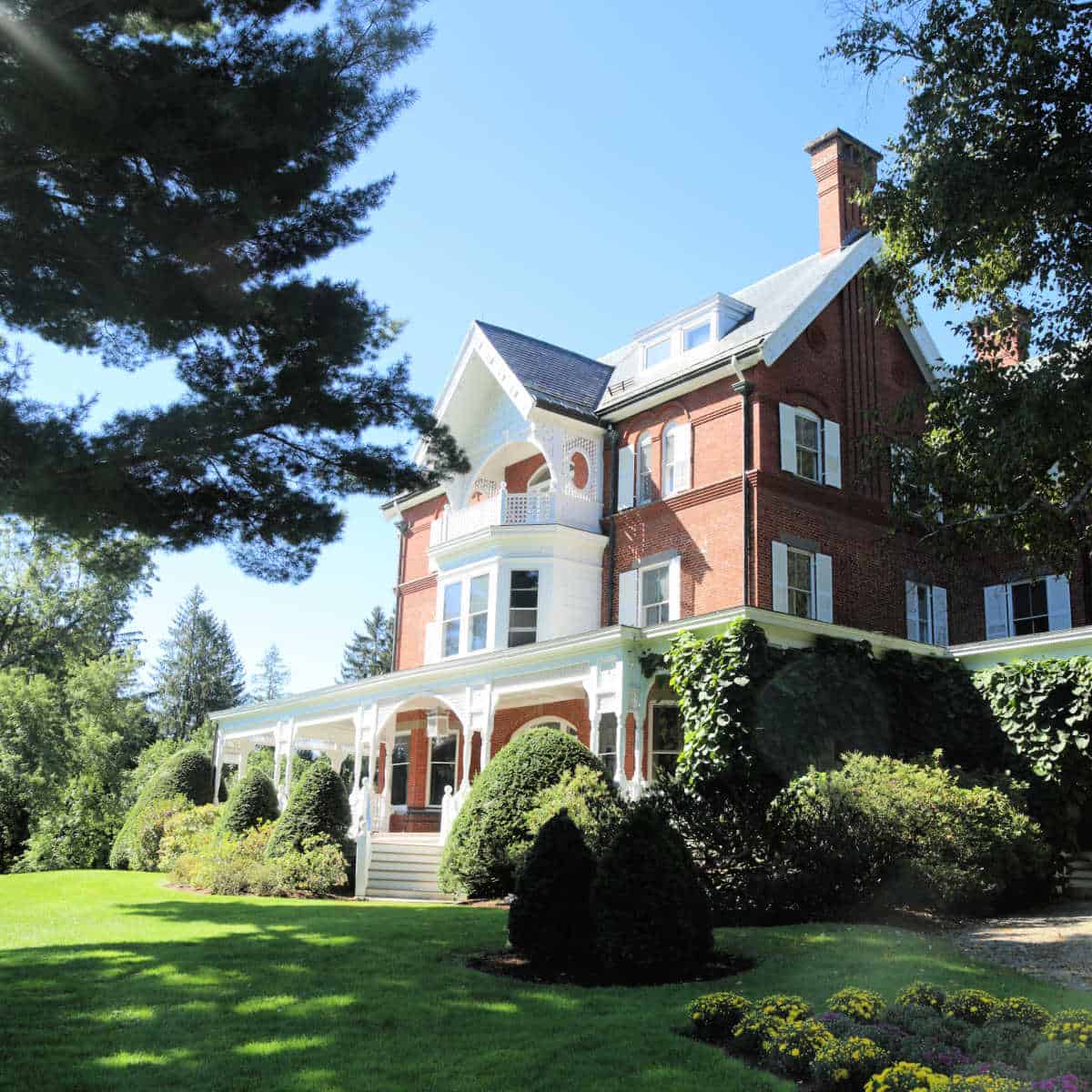
Marsh-Billings-Rockefeller National Historical Park
Top Things to do - Mansion Tours and Ranger Programs, Hiking Carriage Roads, Horseback Riding, Wildlife Viewing, Art in the Park, Wildlife Viewing, Valley Quests, Junior Ranger Programs, Forest Discovery Center, Art Exploration Center. There is also a very active winter sports program for cross-country skiing and snowshoeing/ The Woodstock Inn & Resort Nordic Center maintains and grooms over 12 miles of park trails for winter use.
Lodging - There are no National Park Lodges within the park.
Camping - There are no campgrounds/ campsites available within the park. However, there are two nearby Vermont State Parks.
Quechee State Park has six cabins, 43 tent/RV sites, and 7 Lean-to sites.
Silver Lake State Park has 39 tent/RV sites and 7 lean-to sites.
Park Address - Billings Farm & Museum Parking Lot, 69 Old River Rd, Woodstock, VT 05091
Marsh-Billings-Rockefeller National Historical Park is located in Woodstock, in east-central Vermont. The National Park Service bills it as "the only national park to tell the story of conservation history and the evolving nature of land stewardship in America."
The park is named after three generations of native Vermonters who exhibit Vermont and America's social and conservation/environmental history.
In colonial days, Vermont was 95% forested. By the time George Perkins Marsh was born in 1801 in Woodstock, much of the area's forest was gone. Marsh is considered the "Father of the American conservation movement."
His observations of the deterioration of his native Vermont and the aftereffects of deforestation in Europe, where he served as an ambassador, encouraged him to become active in what became known as conservation.
He wrote an influential book, Man and Nature, first published in 1864. His writing, work, and speeches encouraged the wise use of forest resources.
Frederick Billings was born in Royalton in 1823. When the Billings family moved to Woodstock (1835), Marsh no longer lived in Woodstock, but the family farm was a local beauty spot. Billings eventually went to school to study law, went to California during the Gold Rush of 1849, and became a successful lawyer in San Francisco.
He became involved in early efforts to establish national parks in the West. He married in 1861 and returned to Vermont. He, too, noticed that the agricultural practices in the area had not been good for Vermont's forests. He was influenced by Marsh's Man and Nature and bought and restored the Marsh family farm.
Mary French (granddaughter of Billings) married Laurance Spelman Rockefeller (son of John D. Rockefeller, Jr.) The Rockefellers (Mary and Laurance) inherited their families' interests in conservation and philanthropy. They inherited the family farm in 1951 when Mary's mother died. In 1983, they opened the Billings Farm and Museum to the public. In 1992, the Rockefellers donated the property to the US National Park Service.
Marsh-Billings-Rockefeller National Historical Park was officially created on August 26, 1992, when George W. Bush signed an Act of Congress into law. The park opened to the public on June 5, 1998.
The park covers 643.07 acres and has had an average of about 32,000 visitors per year since opening in 1998 through 2009. Total visitation for those 12 years is 386,010.
You can enjoy gorgeous hikes through the park service-managed forest.
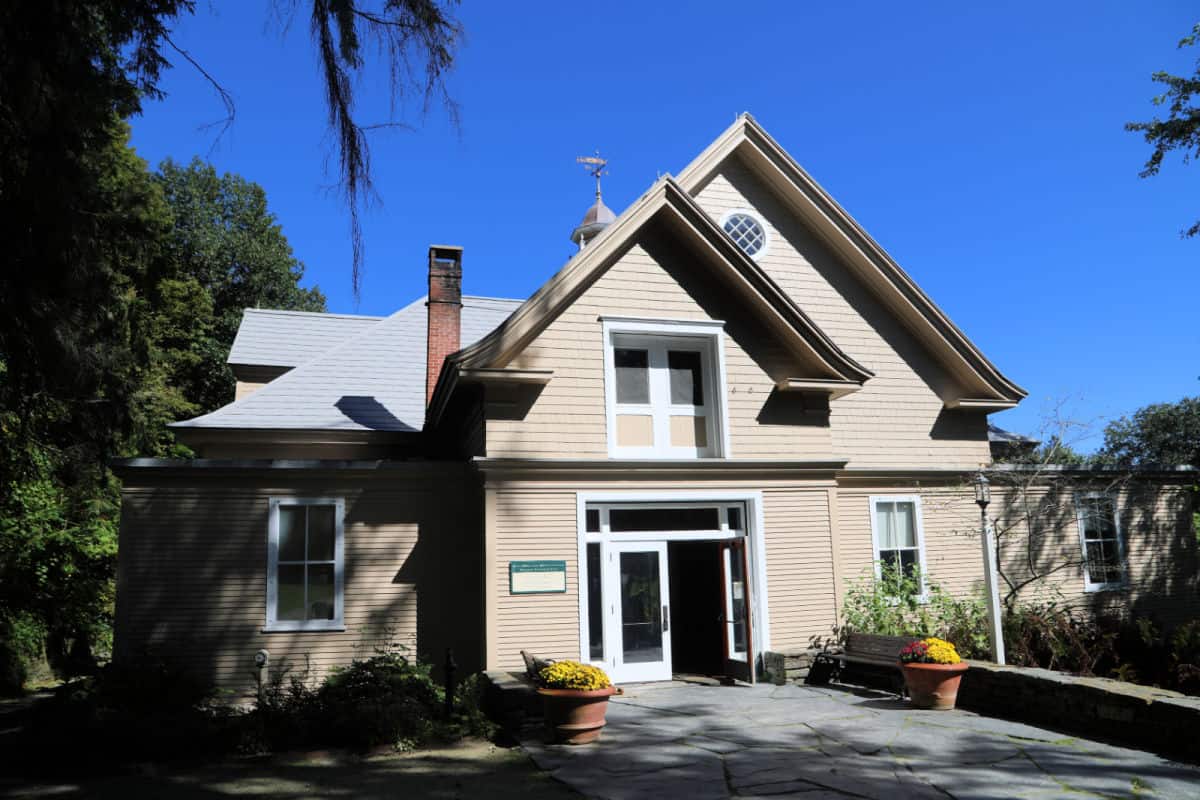
North Country National Scenic Trail
The North Country National Scenic Trail covers eight states from Vermont to North Dakota, including ND, MI, MN, ND, NY, OH, PA, VT, and WI.
Top Things to do - Hiking, Backpacking, Nature Viewing. Photography. Wildflower Viewing, Trail Running
Camping - This portion is still in the planning phase, but if you want to hike this trail, I encourage you to read more about this park at the National Park Service page and the North Country Trail Association.
The North Country Trail extended into Vermont in 2019, and the route on the ground is in the planning phase. The proposed goal is to extend it another 45 miles east across the New York State Line to meet with the Long Trail and eventually connect to the Appalachian Trail at Maine Junction.
National Scenic Trails, now number ten, are long hiking trails designated to showcase the best of the American backcountry. The 4600-mile North Country Trail (NCT) is the longest, spanning seven states, from New York to North Dakota, with Michigan having the most miles, about 1200.
Learn more about National Park Passes for parks that have an entrance fee.
$80.00 - For the America the Beautiful/National Park Pass. The pass covers entrance fees to all US National Park Sites and over 2,000 Federal Recreation Fee Sites for an entire year and covers everyone in the car for per-vehicle sites and up to 4 adults for per-person sites.
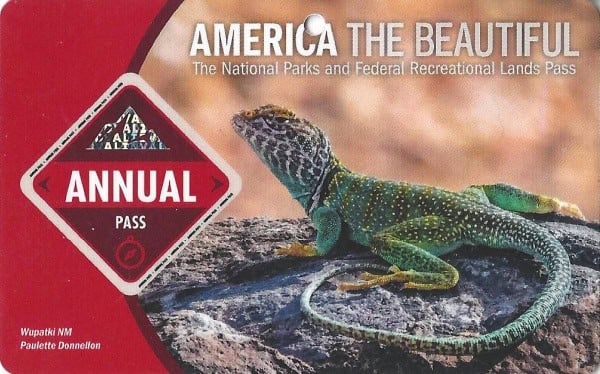
Buy your pass at this link, and REI will donate 10% of pass proceeds to the National Forest Foundation, National Park Foundation, and the U.S. Endowment for Forestry & Communities.
National Park Free Entrance Days -Mark your calendars with the five free entrance days the National Park Service offers annually.

For a fun adventure check out Escape Campervans. These campervans have built in beds, kitchen area with refrigerators, and more. You can have them fully set up with kitchen supplies, bedding, and other fun extras. They are painted with epic designs you can't miss!
Escape Campervans has offices in Vancouver, Seattle, Portland, San Francisco, Las Vegas, Los Angeles, Phoenix, Salt Lake City, Denver, New York, and Orlando
List of Vermont National Parks
- Appalachian National Scenic Trail
- Marsh - Billings Rockefeller National Historical Park
- North Country National Scenic Trail
There are 3 National Parks in Vermont, with over 49,000 visitors yearly. The Vermont National Park produces over $3.3 million in annual economic benefits.
The National Parks in Vermont include 1 National Heritage Area, 1 wild and scenic river managed by the National Park Service, 1 National Trail, and 840 National Register of Historic Places listings.
Connecticut National Parks have 18 National Historic Landmarks and 12 National Natural Landmarks. There are 150 places recorded by the Heritage Documentation Program and over 116K objects in the Vermont National Park museum collections, along with 20 Archeological Sites.
For an entire list of US National Parks, head over to our list of US National Parks in Alphabetical Order. We also have a printable checklist of all National Park sites in the United States available.
If you have dreamed of working in the National Parks, make sure to check out our article on How to Become a Park Ranger. Working in the parks is one of the most amazing jobs you can find. There is just something special about waking up and knowing you are going to work in a beautiful park.
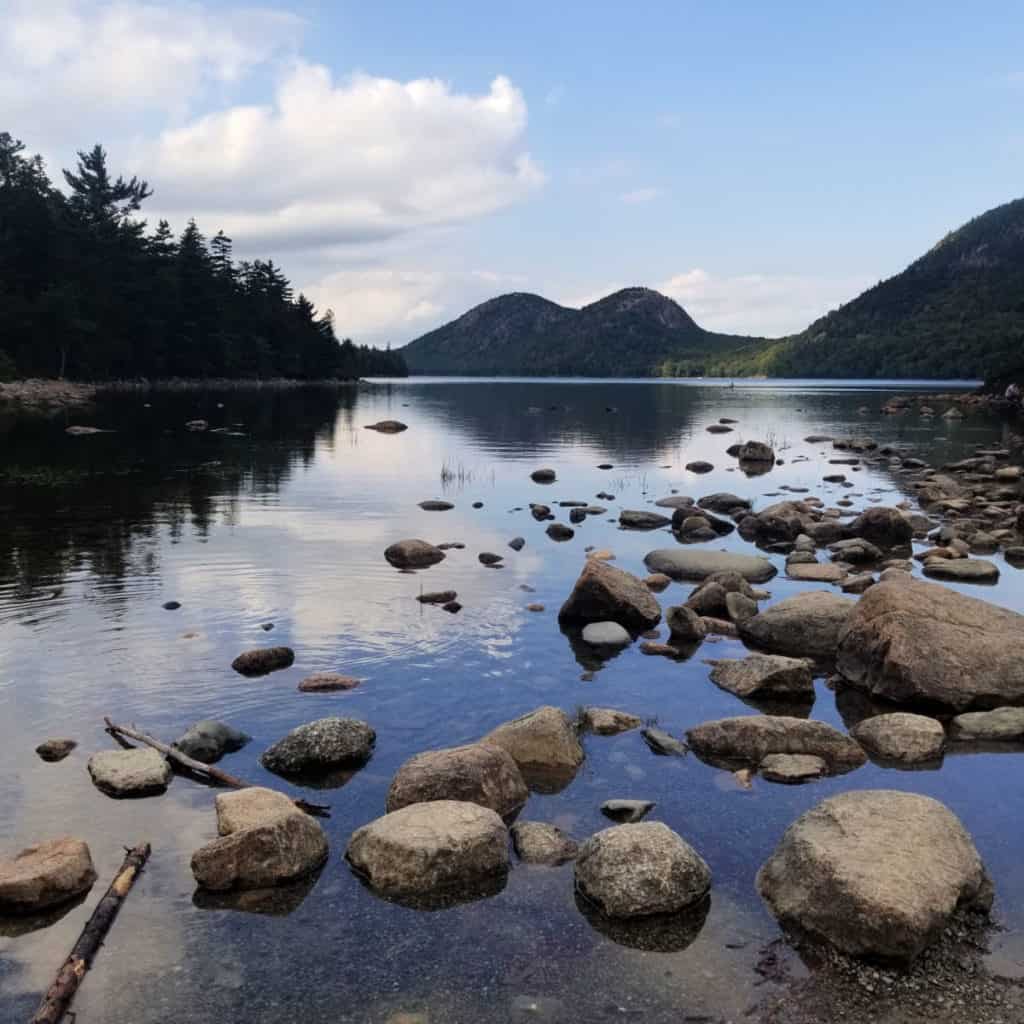
National Parks Near Vermont
Acadia National Park (ME) - Check out my complete guide to Acadia National Park
Cuyahoga Valley National Park (OH) - Check out my complete guide to Cuyahoga Valley National Park
Shenandoah National Park (VA) - Check out my complete guide to Shenandoah National Park
New River Gorge National Park and Preserve (WV) - Check out my complete guide to New River Gorge National Park
National Parks in neighboring states
Make sure to check out the National Parks in the neighboring states of New York, New Hampshire, Massachusetts , Rhode Island, and Connecticut.
Make sure to follow Park Ranger John on Facebook, Instagram, Pinterest, and TikTok
